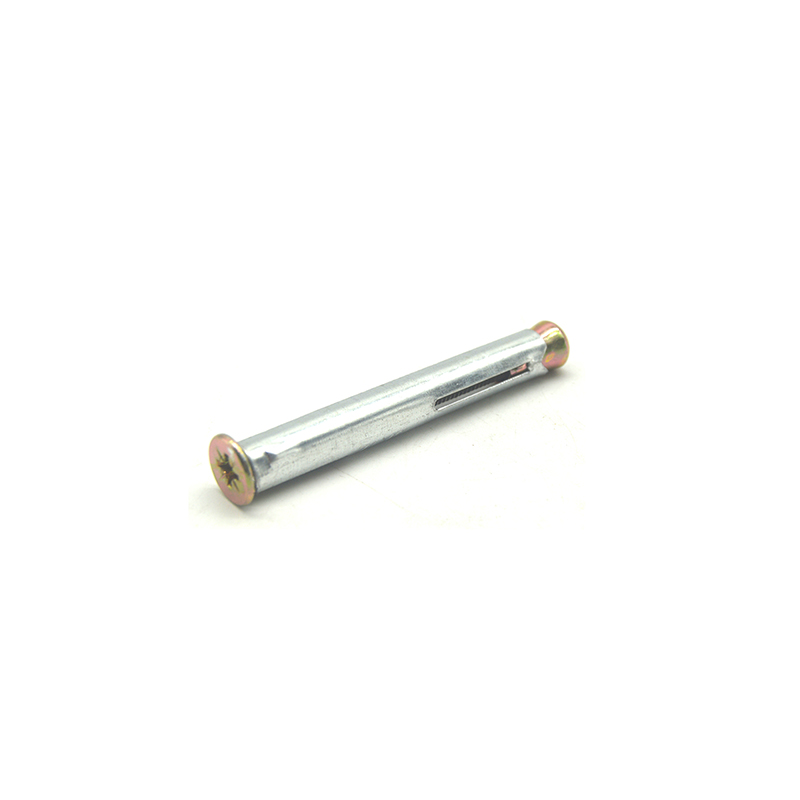- English
- Chinese
- French
- German
- Portuguese
- Spanish
- Russian
- Japanese
- Korean
- Arabic
- Irish
- Greek
- Turkish
- Italian
- Danish
- Romanian
- Indonesian
- Czech
- Afrikaans
- Swedish
- Polish
- Basque
- Catalan
- Esperanto
- Hindi
- Lao
- Albanian
- Amharic
- Armenian
- Azerbaijani
- Belarusian
- Bengali
- Bosnian
- Bulgarian
- Cebuano
- Chichewa
- Corsican
- Croatian
- Dutch
- Estonian
- Filipino
- Finnish
- Frisian
- Galician
- Georgian
- Gujarati
- Haitian
- Hausa
- Hawaiian
- Hebrew
- Hmong
- Hungarian
- Icelandic
- Igbo
- Javanese
- Kannada
- Kazakh
- Khmer
- Kurdish
- Kyrgyz
- Latin
- Latvian
- Lithuanian
- Luxembou..
- Macedonian
- Malagasy
- Malay
- Malayalam
- Maltese
- Maori
- Marathi
- Mongolian
- Burmese
- Norwegian
- Pashto
- Persian
- Punjabi
- Serbian
- Sesotho
- Sinhala
- Slovak
- Slovenian
- Somali
- Samoan
- Scots Gaelic
- Shona
- Sindhi
- Sundanese
- Swahili
- Tajik
- Tamil
- Telugu
- Thai
- Ukrainian
- Urdu
- Uzbek
- Vietnamese
- Welsh
- Xhosa
- Yiddish
- Yoruba
- Zulu
- Kinyarwanda
- Tatar
- Oriya
- Turkmen
- Uyghur

ईंटवर्कको लागि सेल्फ ट्यापिंग स्क्रू
ब्रिकवर्कको लागि सेल्फ-ट्यापिङ स्क्रू बुझ्दै
प्रयोग गर्दै आत्म-ट्यापिंग स्क्रू किनकी ईंटको काम कोही कोहीले विश्वास गर्न सक्ने जस्तो सीधा छैन। जबकि यी फास्टनरहरू सामान्यतया धातु, काठ र प्लास्टिकहरूसँग सम्बन्धित छन्, चिनाईमा तिनीहरूको प्रयोगलाई एक सूक्ष्म दृष्टिकोण चाहिन्छ। सामान्य विश्वास यो छ कि तिनीहरूले द्रुत समाधान प्रस्ताव गर्छन्, तर वास्तविकतामा, सफलता विशिष्ट परिस्थितिहरूमा निर्भर हुन्छ।
सेल्फ-ट्यापिङ स्क्रूको आधारभूत कुराहरू
सेल्फ-ट्यापिङ स्क्रूहरू तिनीहरूको आफ्नै थ्रेडहरू काट्न डिजाइन गरिएका छन् किनभने तिनीहरू सामग्रीमा चलाइएका छन्। यो सुविधाले सम्मिलित गर्नु अघि प्वालहरू ट्याप गर्ने आवश्यकतालाई हटाउँछ। यद्यपि, ईंट सहित चिनाईको काममा, यो सादगी थोरै भ्रामक छ। ईंटहरू घना हुन्छन्, स्क्रू प्रकार र स्थापना विधिको विशेष विचारको माग गर्दछ।
मेरो अनुभवमा, धेरै DIY उत्साहीहरूले ईंटको लचिलोपनलाई कम आँकलन गर्ने गल्ती गर्छन्। तपाईंले भरपर्दो होल्ड प्राप्त गर्नको लागि स्क्रूहरू विशेष रूपमा चिनाईको लागि डिजाइन गरिएको छ भनेर सुनिश्चित गर्न आवश्यक छ। अन्यथा, तपाईं सामग्री वा अप्रभावी बन्धन को क्षति को जोखिम।
यदि तपाईं ईंटहरूसँग काम गर्ने लक्ष्य राख्दै हुनुहुन्छ भने, म इट्टाको सतहमा अझ प्रभावकारी रूपमा प्रवेश गर्ने औद्योगिक सुझावहरू भएका स्क्रूहरूमा ध्यान केन्द्रित गर्न सिफारिस गर्दछु। Handan Shengtong Fastener Manufacturing Co., LTD ले चिनाईको आवश्यकताको लागि तयार पारिएका धेरै उत्पादनहरू प्रदान गर्दछ, जुन तपाईंले तिनीहरूको वेबसाइटमा अन्वेषण गर्न सक्नुहुन्छ, Handan Shengtong फास्टनर.
पूर्व-ड्रिलिंग: आवश्यक छ वा छैन?
प्रि-ड्रिल गर्ने कि भन्ने प्रश्न सामान्य छ। ईंटवर्कको लागि, सेल्फ-ट्यापिङ स्क्रूको अपीलको बाबजुद प्रि-ड्रिलिंग प्रायः आवश्यक हुन्छ। यस चरणले पङ्क्तिबद्धता सुनिश्चित गर्दछ र इट्टामा तनाव कम गर्दछ, सम्भावित दरारहरू रोक्न र स्क्रूहरूको लागि सफा प्रविष्टि बिन्दु प्रदान गर्दछ।
मैले अनुभवी निर्माणकर्ताहरूले कुनै पनि घुसाउनु अघि लगातार चिनाई ड्रिल बिटको लागि रोजेको देखेको छु। आत्म-ट्यापिंग स्क्रू। पूर्व-ड्रिल गरिएको प्वालले इन्सेट विफलताको जोखिमलाई कम गर्दै गाइड प्रदान गर्दछ। केही परियोजनाहरूमा, यो चरण छोड्दा गलत संरेखण र स्थिरतामा सम्झौता भयो।
यद्यपि, ड्रिलिंगबाट धूलो निर्माणको लागि हेर्नुहोस्। यसलाई राम्ररी सफा गर्नुहोस् ताकि स्क्रूलाई ठाउँमा राम्रोसँग बस्न अनुमति दिनुहोस्। धुलोले ग्रिपलाई कमजोर बनाउन सक्छ, बन्धनको दीर्घायुलाई असर गर्छ।
दायाँ स्क्रू लम्बाइ र चौडाइ छनोट गर्दै
स्क्रू आयामहरूले महत्त्वपूर्ण भूमिका खेल्छन्। इट्टाको साथ, सही साइजिङ मार्फत निश्चित एम्बेडमेन्ट प्राप्त गरिन्छ, जहाँ स्क्रू यसको व्यासको कम्तिमा डेढ गुणाले ईंटमा प्रवेश गर्न पर्याप्त लामो हुन्छ। यो थम्बको नियम हो जुन धेरै पेशेवरहरूले पालन गर्छन्।
पेंचको चौडाइको विचार समान रूपमा महत्त्वपूर्ण छ। धेरै साँघुरो, र पकड कमजोर हुन्छ; धेरै चौडा, र ईंटले अनुचित तनाव सामना गर्दछ। यो एक नाजुक सन्तुलन हो - तपाईलाई सामग्रीको बोझ नगरी पर्याप्त संलग्नता चाहिन्छ।
Handan Shengtong फास्टनर जस्ता उत्पादन निर्माताहरूले व्यावहारिकतालाई ध्यानमा राखेर डिजाइन गरिएका फास्टनरहरूको विस्तृत सूचीको साथ तपाईंको छनौटहरूलाई मार्गदर्शन गर्न सक्छन्। तिनीहरूको विशेषज्ञता 2018 मा तिनीहरूको स्थापना पछि बजार आवश्यकताहरू बुझ्न वर्षौंबाट आउँछ।
साझा चुनौती र व्यावहारिक समाधान
संग काम गर्दा आत्म-ट्यापिंग स्क्रू र ईंटवर्क, अप्रत्याशित चुनौतीहरू उत्पन्न हुन सक्छ। मिसाइलाइन प्वाल, कमजोर होल्ड, र सामग्री विफलता सूची शीर्ष। यी, प्रायः होइन, तयारीको क्रममा निरीक्षणमा फर्किन्छन्।
मेरो अनुभवबाट, सही उपकरण र बिरामी दृष्टिकोणको संयोजनले यी जोखिमहरूलाई कम गर्न सक्छ। उच्च-गुणस्तरको एङ्करहरू प्रयोग गर्नुहोस् वा चिनाईको लागि डिजाइन गरिएको भित्ता प्लगहरूसँग जोडेर सेल्फ-ट्यापिङ स्क्रूको सम्भावनालाई विस्तार गर्नुहोस्।
Handan Shengtong फास्टनर जस्ता विश्वसनीय प्रदायकहरूबाट सोर्सिङ सामग्रीहरूले गुणस्तर र विश्वसनीयता सुनिश्चित गर्दछ। फास्टनर उद्योग नवाचारको हब, हेबेईमा तिनीहरूको उपस्थितिले तिनीहरूको प्रस्तावहरूको बलियोता झल्काउँछ।
निष्कर्ष: सही छनौटहरू गर्दै
व्यवहार गर्दा आत्म-ट्यापिंग स्क्रू ईंटवर्कमा, मुख्य कुरा तयारी, सही सामग्री छनोट र कार्यको अद्वितीय मागहरू बुझ्नमा निहित हुन्छ। चुनौतिहरू अवस्थित हुँदाहुँदै पनि उनीहरूलाई राम्ररी विचार गरीएको दृष्टिकोणबाट प्रभावकारी रूपमा व्यवस्थापन गर्न सकिन्छ।
सधैं सुनिश्चित गर्नुहोस् कि तपाइँका सामग्रीहरू प्रतिष्ठित आपूर्तिकर्ताहरूबाट आउँछन्। Handan Shengtong Fastener Manufacturing Co., LTD बाट प्रस्तावहरू जाँच गर्दै चिनाई समावेश गर्ने कुनै पनि परियोजनाको लागि भरपर्दो सुरूवात बिन्दु हुन सक्छ।
अन्तमा, यो हातमा रहेका उपकरणहरूसँग कार्यको मागहरू पङ्क्तिबद्ध गर्ने बारे हो, एक प्रक्रिया जुन अनुभव र सही व्यावसायिक अन्तरदृष्टिको साथ सहज हुन्छ।
सम्बन्धित उत्पादनहरु
सम्बन्धित उत्पादनहरू




















